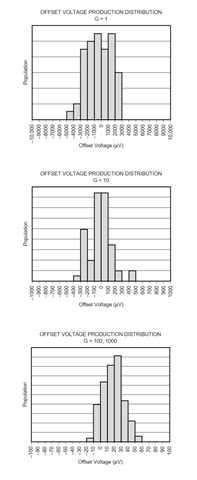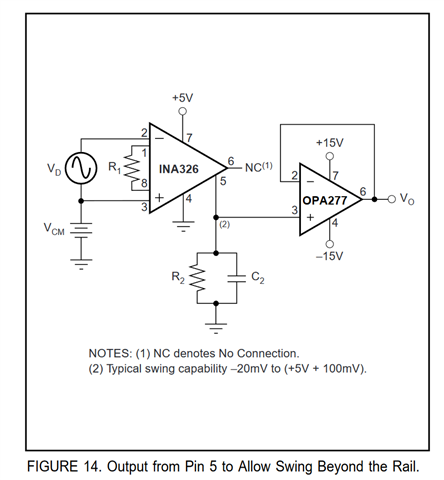Tool/software:
We are trying to replicate the operation of the example RTD circuit given in both the REF200AU/2K5 data sheet and application note tidu969.pdf. Our operation in no way resembles the expected results in the data sheet. After running the PSPICE simulation on the circuit, we confirm that the operation doesn't resemble the published circuit. Can you please give us a clue as why this is? Was there an errata that we missed? We have designed a temperature sense system based on these TI parts and are disappointed by this disparity.



